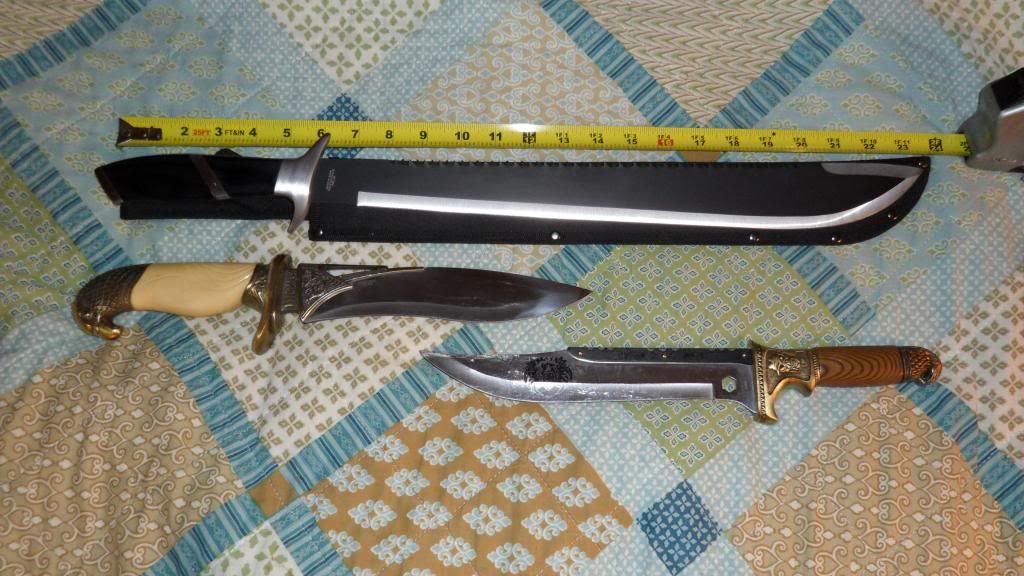I've been training this past year in the old system of German longsword and messer drawn from Talhoffer and Liechtenauer. It's a lot of fun and surprisingly difficult. And I'm getting into the earlier I:33 sword and buckler system shortly. But one thing that strikes me about all of these medieval combat systems is how they make a point of incorporating wrestling into their arts. Sword fights always contain the option to wrestle or use the sword in what to modern eyes seem unconventional ways, such as pommel strikes or half-swording.
This got me thinking about how few modern shooting methods incorporate wrestling into their techniques. With some exceptions, the line between firearm based martial arts and open hand arts seems needlessly thick. I can envision many real life scenarios where because of threat reduction or physical circumstances, the firearm is no longer a viable tool. For the medieval swordsmen, if it wasn't going to save your life in the next few seconds, it was therefore an impediment to be dropped. So they might truly throw their blade to the side in order to concentrate both hands on wrestling--sometimes even if the foe was still armed. Kind of a radical idea, esp. if applied to firearms. But again it's not difficult to imagine scenarios where fiddling with the handgun is going to cost you vital time as your foe moves in for the kill or is already stabbing you.
But just as the sword is a lever, the handgun is a heavy weight that can be used to beat someone. And the rifle is a spear. But I'm not aware of any modern system where shooting from a stance flows into wrestling, as sword strikes flowed into ringen. Anyone heard of any?
This got me thinking about how few modern shooting methods incorporate wrestling into their techniques. With some exceptions, the line between firearm based martial arts and open hand arts seems needlessly thick. I can envision many real life scenarios where because of threat reduction or physical circumstances, the firearm is no longer a viable tool. For the medieval swordsmen, if it wasn't going to save your life in the next few seconds, it was therefore an impediment to be dropped. So they might truly throw their blade to the side in order to concentrate both hands on wrestling--sometimes even if the foe was still armed. Kind of a radical idea, esp. if applied to firearms. But again it's not difficult to imagine scenarios where fiddling with the handgun is going to cost you vital time as your foe moves in for the kill or is already stabbing you.
But just as the sword is a lever, the handgun is a heavy weight that can be used to beat someone. And the rifle is a spear. But I'm not aware of any modern system where shooting from a stance flows into wrestling, as sword strikes flowed into ringen. Anyone heard of any?

